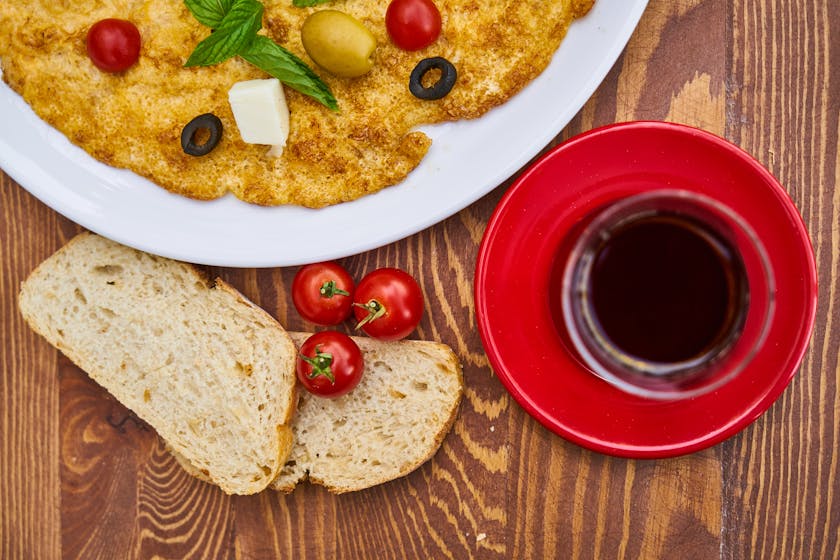Preparing meals in bulk is a strategic approach to guarantee food security during unforeseen situations. With once-a-month cooking, you can efficiently manage bulk meal storage for emergency preparedness, ensuring that you and your loved ones have access to nutritious meals when needed. Here’s how to master the art of storing bulk meals for emergencies.
Understanding the Basics of Bulk Meal Storage
When it comes to emergency preparedness, having a substantial stockpile of meals is crucial. But before you start cooking in bulk, it’s essential to understand the core principles of food storage:
- Temperature Control: Store your bulk meals in a cool, dark place to prolong their shelf life.
- Moisture and Air: Minimize exposure to moisture and air to prevent spoilage and freezer burn.
- Organization: Clearly label and date all meals for efficient inventory management.
Selecting the Right Containers for Long-Term Storage
Choosing the proper containers is vital for maintaining food quality. Opt for airtight, moisture-resistant containers that are suitable for freezing. Vacuum-sealed bags, heavy-duty aluminum foil, and freezer-safe glass containers are excellent choices.
Remember to leave adequate headspace when filling containers, as food expands when frozen. This reduces the risk of container rupture or improper sealing, which could lead to contamination and spoilage.
Planning Your Bulk Cooking Day
A successful once-a-month cooking day starts with a plan. Begin by selecting recipes that freeze well, such as casseroles, soups, and stews. Create a detailed shopping list to ensure you have all the necessary ingredients and storage materials on hand.
Batch Cooking and Portioning
Once you’ve gathered your ingredients, it’s time to cook. Prepare your meals in large batches, focusing on efficiency and cleanliness. After cooking, allow your meals to cool completely before portioning them into your chosen storage containers. This is crucial for preventing bacterial growth and maintaining food quality.
Freezing and Thawing Your Meals
Proper freezing is key to preserving the taste and nutritional value of your meals. Freeze meals as quickly as possible to minimize ice crystal formation. Organize your freezer by type of meal and use the first-in, first-out (FIFO) method to rotate your stock.
When it’s time to use your stored meals, thaw them safely in the refrigerator or use the defrost setting on your microwave. Never thaw food at room temperature, as this increases the risk of bacterial growth.
Maintaining a Meal Storage Inventory
Keep a running inventory of your bulk meals. This helps you track what you have on hand and plan your next cooking day accordingly. An inventory also ensures that you use older meals first, keeping your stockpile fresh.
In the event of an emergency, having a well-organized meal storage system can be a game-changer. With once-a-month cooking and proper storage techniques, you’ll have peace of mind knowing that you are prepared for any situation.



